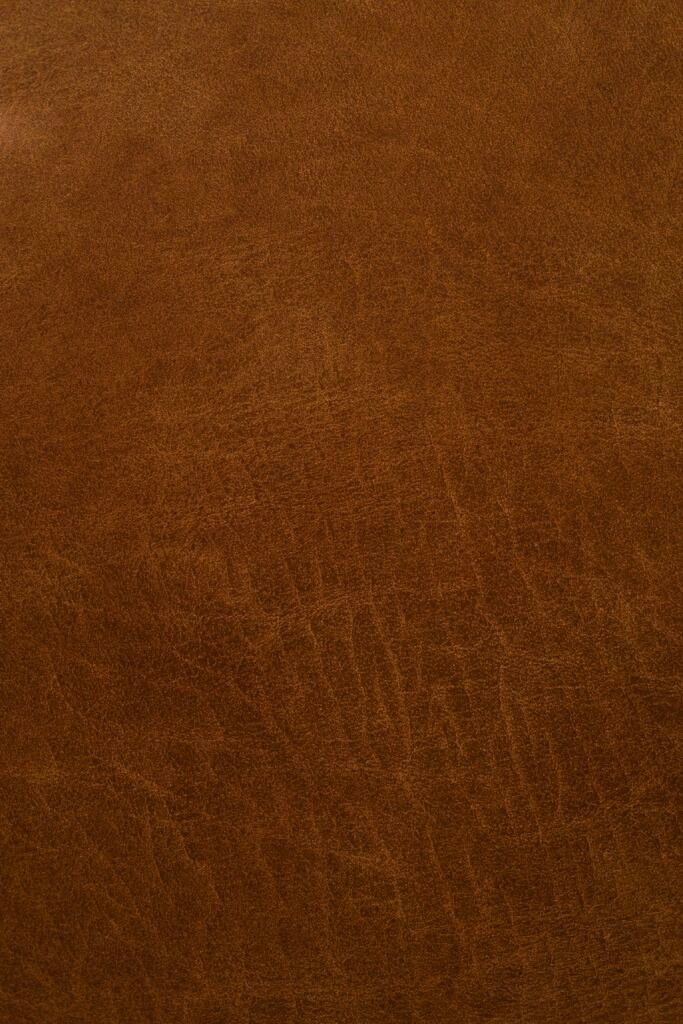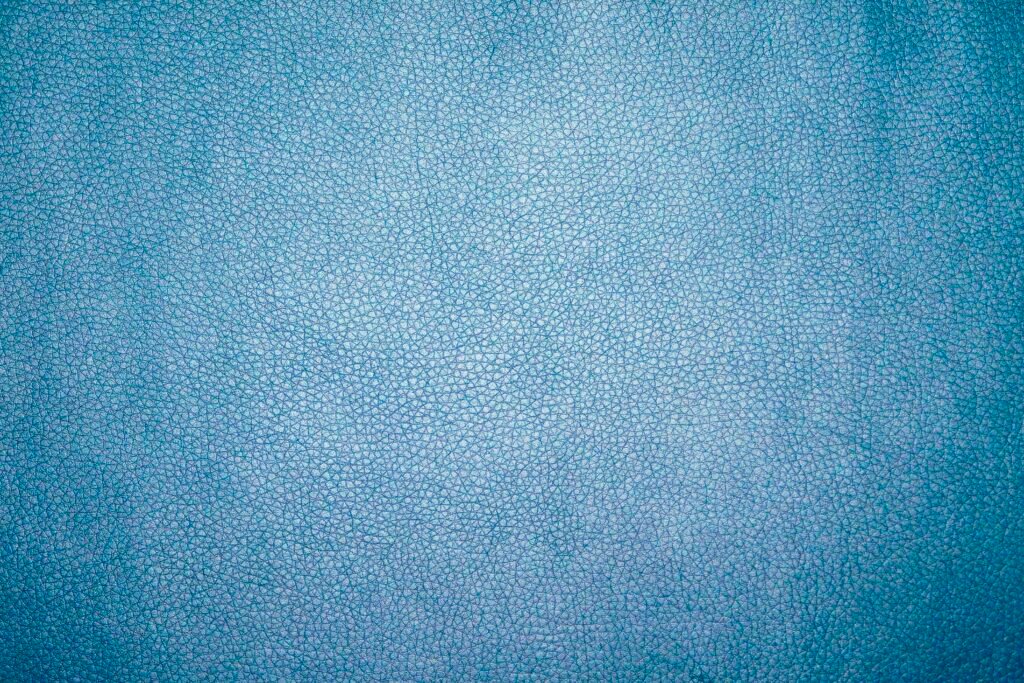Are you ready to discover the latest and most cutting-edge techniques for leather wallet production? Look no further! In this article, we will explore the exciting innovations that are revolutionizing the manufacturing process of leather wallets. From advanced machinery to intricate craftsmanship, these techniques are not only enhancing the quality and durability of wallets but also pushing the boundaries of design and style. Whether you are a leather goods enthusiast or simply curious about the behind-the-scenes of wallet manufacturing, this article will provide you with a captivating insight into the world of leather wallet production. Get ready to be amazed by the possibilities that these new techniques bring to the table!

This image is property of images.unsplash.com.
Introduction
Welcome to the world of leather wallet production, where cutting-edge techniques are revolutionizing the industry. In this comprehensive article, we will explore the various aspects of modern wallet manufacturing, from design and prototyping to quality control and automation. By embracing advanced technologies and materials, manufacturers are able to create high-quality wallets that meet the demands of consumers while minimizing environmental impact.
Design and Prototyping
Gone are the days of sketching designs on paper. Advanced design software now allows designers to create intricate and detailed wallet designs in a digital environment. These software packages provide a wide range of tools and functionalities, enabling designers to experiment with different shapes, sizes, and patterns.
To ensure precise measurements and accuracy, designers rely on 3D modeling. This cutting-edge technique allows for a virtual representation of the wallet, which can be adjusted and refined before moving on to the production stage. By visualizing the final product in a three-dimensional space, any potential design flaws or issues can be identified and rectified early on.
Once the design is finalized, prototypes are created using laser cutting technology. Laser cutting enables the precise and intricate cutting of leather, ensuring that every detail of the design is accurately reproduced. This process also saves time and resources compared to traditional methods, where manual cutting can be time-consuming and prone to human error.

This image is property of images.unsplash.com.
Material Selection
When it comes to leather wallets, the choice of materials is crucial. High-quality leather types, such as full-grain and top-grain leather, are often preferred for their durability and natural beauty. These leathers not only age gracefully but also provide a tactile experience that is unmatched by synthetic materials.
In recent years, sustainability has become a key consideration in material selection. Manufacturers are actively exploring alternative options to meet the growing demand for eco-friendly products. Innovative materials like carbon fiber and faux leather offer new possibilities, combining durability, aesthetics, and sustainability.
Carbon fiber, known for its lightweight and high-strength properties, is increasingly being used in wallet production. Faux leather, on the other hand, provides a cruelty-free alternative while still maintaining the look and feel of genuine leather. By incorporating these materials into their offerings, manufacturers can cater to a wider range of consumer preferences.
Cutting Techniques
To achieve precise and consistent shapes, manufacturers utilize computer numerical control (CNC) cutting machines. These machines are programmed to follow a specified design, ensuring that each piece is cut with utmost accuracy. By automating the cutting process, manufacturers can significantly improve efficiency and reduce material waste.
Laser cutting has also become a popular choice for intricate designs. The laser beam vaporizes the leather, resulting in clean and precise edges. This technique is particularly useful for creating complex patterns and intricate details that would be difficult to achieve with traditional cutting methods.
For wallets that require clean edges without any discoloration, water jet cutting is often employed. Water, combined with abrasive particles, is used to cut through the leather, resulting in edges that are perfectly smooth. This technique is especially beneficial for wallets with light-colored or delicate leather.

This image is property of images.unsplash.com.
Stitching and Bonding
Traditionally, stitching was done by hand, requiring skilled craftsmen and a significant amount of time. However, with the advent of automated stitching machines, manufacturers are able to achieve consistent stitching at a much faster pace. These machines can replicate intricate stitching patterns, ensuring a high level of quality without compromising on efficiency.
In addition to stitching, bonding techniques are employed to create seamless seams. Bonding involves using special adhesives and glues to join the leather pieces together. This method not only provides a clean and aesthetically pleasing finish but also enhances the wallet’s durability. When done correctly, the bonded seams are able to withstand the test of time and usage.
Embossing and Engraving
Embossing is a popular technique used to add branding or decorative patterns to leather wallets. By applying pressure and heat, a die is pressed onto the leather surface, creating a raised impression. This not only adds a touch of elegance but also serves as a branding tool, allowing manufacturers to showcase their logo or unique designs.
For a more personalized touch, laser engraving offers a precise and detailed option. Laser beams are used to remove the top layer of leather, resulting in a permanent engraving. From initials to intricate designs, this technique allows for endless customization options, making each wallet truly unique.
Another option for adding a premium look to wallets is hot stamping. By applying heat and pressure, metallic foils are transferred onto the leather, creating a shiny and luxurious appearance. This technique is often used for logos or additional decorative elements, elevating the overall aesthetic appeal of the wallet.
Hardware and Accessories
The hardware and accessories used in wallet production are essential for both functionality and aesthetics. Manufacturers carefully select high-quality hardware, such as zippers, clasps, and chains, to ensure durability and longevity. These components not only enhance the overall functionality of the wallet but also contribute to its visual appeal.
With the increasing need for security, many wallets now incorporate RFID blocking technology. This innovative feature prevents unauthorized access to credit card information by blocking electromagnetic signals. By integrating this technology into their wallets, manufacturers provide added peace of mind to consumers concerned about identity theft.
Innovative closures and mechanisms are also being explored to enhance the user experience. From magnetic closures to hidden compartments, these unique features add a touch of sophistication and convenience. By continuously pushing the boundaries of design, manufacturers are able to offer wallets that meet the evolving needs of consumers.
Finishing and Surface Treatments
To achieve the desired look and feel, wallets undergo a series of finishing and surface treatments. Dyeing and coloring techniques are used to impart the desired color to the leather, ensuring a consistent appearance across all wallets. This process is carefully executed to achieve the desired shade while still allowing the natural characteristics of the leather to shine through.
Protective coatings, such as wax or clear varnish, are applied to the leather surface to enhance durability and resistance to wear and tear. These coatings not only protect the leather from moisture and stains but also give it a smooth and polished finish. The choice of coating depends on the desired level of sheen and the intended use of the wallet.
Buffing and polishing are the final steps in the finishing process, resulting in a wallet that feels luxurious to the touch. These techniques smooth out any imperfections on the leather surface, creating a uniform and refined finish. This attention to detail ensures that each wallet is of the highest quality before it reaches the hands of consumers.
Quality Control
To ensure that every wallet meets the highest standards of craftsmanship, manufacturers employ rigorous quality control measures. This includes visual inspection of the materials used, checking for any defects or inconsistencies. The leather is inspected for color accuracy, texture, and overall quality, guaranteeing that only the finest materials are used.
Durability and strength testing is also conducted to assess the wallet’s ability to withstand regular usage. This may involve subjecting the wallet to simulated wear and tear, such as repeated opening and closing, to evaluate its robustness. By putting the wallet through these tests, manufacturers can identify any potential weaknesses and make improvements to enhance its durability.
Consistent craftsmanship is another key focus of quality control. Each wallet is scrutinized to ensure that stitching is even, edges are clean, and all components are securely attached. By maintaining a high level of attention to detail, manufacturers can deliver wallets that not only look good but also stand the test of time.
Automation and Efficiency
In an ever-evolving industry, manufacturers are continually seeking ways to streamline production processes and reduce costs. Integration of robotics and automation has played a significant role in achieving these objectives. Automated systems can perform repetitive tasks with utmost precision, improving efficiency and reducing the risk of human error.
Streamlining production processes is another area of focus for manufacturers. By analyzing workflows and identifying bottlenecks, steps can be optimized or eliminated, leading to shorter production times and increased productivity. This not only benefits the manufacturer but also allows consumers to enjoy their wallets more quickly.
Reducing production time and costs is a constant endeavor for manufacturers. By embracing cutting-edge techniques and technologies, they can achieve higher levels of efficiency and cost-effectiveness. This, in turn, allows for competitive pricing and greater accessibility to quality leather wallets for consumers around the world.
Conclusion
The world of leather wallet production has come a long way, thanks to the adoption of cutting-edge techniques. From advanced design software to automation and innovative materials, every aspect of the manufacturing process has been transformed. By leveraging these technologies and embracing sustainable practices, manufacturers are able to create high-quality wallets that meet the demands of today’s consumers. So next time you reach for your wallet, take a moment to appreciate the craftsmanship and innovation that went into its creation.
